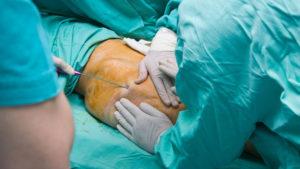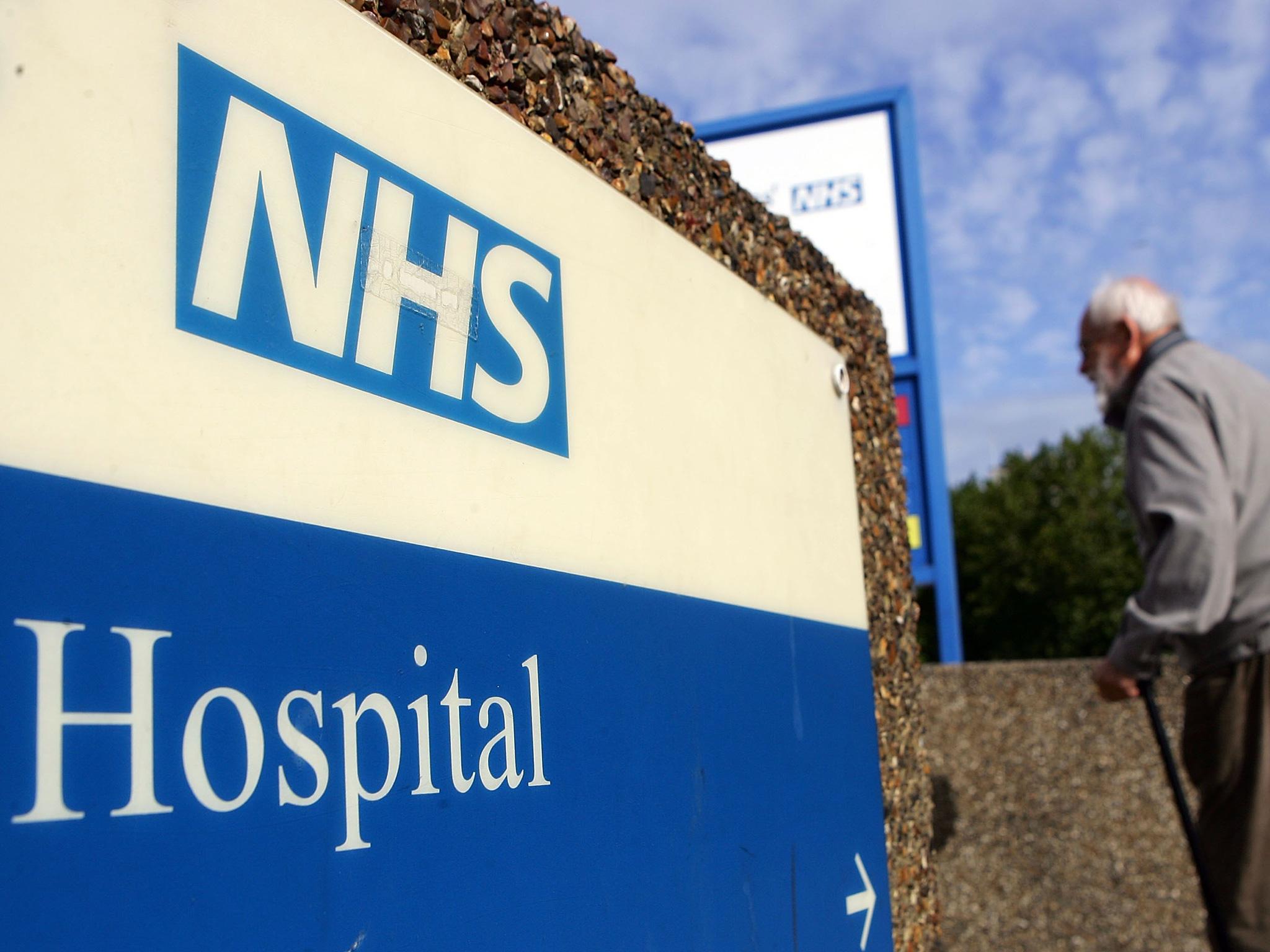 BioSculpture Technology, a company led by New York Downtown Hospitals and the Presbyterian New York affiliated plastic surgeon Robert Cucin, recently revealed that the 3D printing technology has allowed the firm to develop an innovative line of surgical instruments for obesity treatment.
BioSculpture Technology, a company led by New York Downtown Hospitals and the Presbyterian New York affiliated plastic surgeon Robert Cucin, recently revealed that the 3D printing technology has allowed the firm to develop an innovative line of surgical instruments for obesity treatment.
Liposuction, a surgical procedure that involves the removal of excess fat deposits in various body parts, is currently the most widely utilized method for patients suffering from obesity. In fact, the American Society for Aesthetic Plastic Surgery (ASAPS) estimates that the number of liposuction procedures has increased by over 16%, recording an all time high at 396,048 procedures performed in 2015.
ASAPS president Dr. Jack Fisher stated that the increase in liposuction procedures is directly attributable to the emergence of innovative technologies such as 3D printing that have successfully reduced the invasiveness of liposuction.
“Technological advances, less-invasive procedures, greater accessibility are making aesthetic procedures, surgical and nonsurgical, far more attractive to the public at-large. Further, the rebounding economy is encouraging people to start investing in themselves once again,” said Dr. Fisher.
BioSculpture Technology is one of the several companies that is currently experimenting with technologies like 3D printing to allow patients to undergo safer and optimal bariatric procedures.
 For most surgical procedures, the duration, process and overall efficiency are heavily dependent on the build quality and capacity of surgical instruments. If surgeons are provided with medical equipment that is custom-built and designed for certain procedures, it significantly decreases the duration of the operation and poses less risk to the patient.
For most surgical procedures, the duration, process and overall efficiency are heavily dependent on the build quality and capacity of surgical instruments. If surgeons are provided with medical equipment that is custom-built and designed for certain procedures, it significantly decreases the duration of the operation and poses less risk to the patient.
With 3D printing and imaging solutions, BioSculpture Technology CEO Dr. Robert Cucin is attempting to create suitable medical equipment specifically for liposuction procedures and surgeons.
According to Dr. Cucin, most manufacturers and surgical equipment developers disregard the importance of creating exact replicas of human organ structures. Without the formation of accurate and precise models of body parts that are affected during a liposuction procedure, it is extremely difficult to design equipment for certain phases of the operations.
 Through trial and error, Dr. Cucin’s team is trying to develop and distribute a set of liposuction-targeted equipment for optimized and more efficient operations. For each phase, stage and process, a custom-built instrument is provided.
Through trial and error, Dr. Cucin’s team is trying to develop and distribute a set of liposuction-targeted equipment for optimized and more efficient operations. For each phase, stage and process, a custom-built instrument is provided.
“Lipo used to be a lot of work, a lot of effort,so we made a device to take the drudgery away,” Dr. Cucin explained to Equities.com. “Now, it just so happens that that particular device gives us the capability of putting it in a small incision and removing the fat inside the stomach, underneath the muscle, in the mesentery in a way that was never done before. We’re taking out fat safely, in a way that it could only be cut out before.”
The end objective of all liposuction procedures is to cause the least amount of damage possible to the patient’s body and internal structures while safely extracting excess deposits of fat. Thus, by cautiously analyzing the structures of each muscle, tissues, and body parts that are targeted in a liposuction operation, it is possible to extract fat without cutting through each and every component of the targeted section.
Dr. Cucin noted that the combination of 3D printing, imaging and other revolutionary technology will enable BioSculpture technologies and other companies to develop safer equipment for the patient. Below is a video of Dr. Cucin sharing his knowledge with Equities.com:
“Collaborative and engineering programs allow you to make functional models, and use those exact same models in your marketing materials, and then put them out to a 3D printer…which is just, totally revolutionary,” added Cucin.
 Still, weight loss surgery comes with an incredible range of risks that patients will most likely have to deal with after the recovery process. The NHS, the publicly funded national health care system for England, states that some common complications are infection, blood clots, internal bleeding, gastric band slippage, food intolerance, and gallstones.
Still, weight loss surgery comes with an incredible range of risks that patients will most likely have to deal with after the recovery process. The NHS, the publicly funded national health care system for England, states that some common complications are infection, blood clots, internal bleeding, gastric band slippage, food intolerance, and gallstones.
Complications such as food intolerance that are more psychological than physiological cannot necessarily be prevented by custom built equipment. However, internal bleeding, infection and gallstones, which occur to around 1 in 20 people, can be prevented through 3D imaging-assisted equipment.
Almost every patient suffers from excess skin, infection and gallstones. Excess skin usually remains permanently as the space previously filled with excess fat deposits fail to restructure. In most cases, skin complications worsen due to aggressive and imbalanced liposuction methods.
Through 3D printed structures however, researchers can mathematically calculate and predict the amount of excess skin that will be created once a certain amount of fat deposits are extracted.
With 3D printed structures and 3D imaging-based equipment, surgeons will be able to perform safer and more efficient liposuction procedures for the benefits of patients.
[Source: Equities.com / Image Credits: NHS, Independent.co.uk]
Subscribe to Our Email Newsletter
Stay up-to-date on all the latest news from the 3D printing industry and receive information and offers from third party vendors.
You May Also Like
3D Printing News Briefs, April 13, 2024: Robotics, Orthotics, & Hypersonics
In 3D Printing News Briefs today, we’re focusing first on robotics, as Carnegie Mellon University’s new Robotics Innovation Center will house several community outreach programs, and Ugogo3D is now working...
Rail Giant Alstom Saves $15M with 3D Printing Automation Software 3D Spark
3D Spark has entered into a three-year deal with the rail giant Alstom. Alstom, a transport behemoth with annual revenues of $16 billion, specializes in the manufacture of trains, trams,...
Meltio Expands Global Reach with New Partnerships in the Americas and Europe
Spanish 3D printing manufacturer Meltio has expanded its sales network across the globe. With the addition of three new partners in the United States, Brazil, Argentina, and Italy, Meltio aims...
3D Printing Webinar and Event Roundup: April 7, 2024
Webinars and events in the 3D printing industry are picking back up this week! Sea-Air-Space is coming to Maryland, and SAE International is sponsoring a 3D Systems webinar about 3D...































